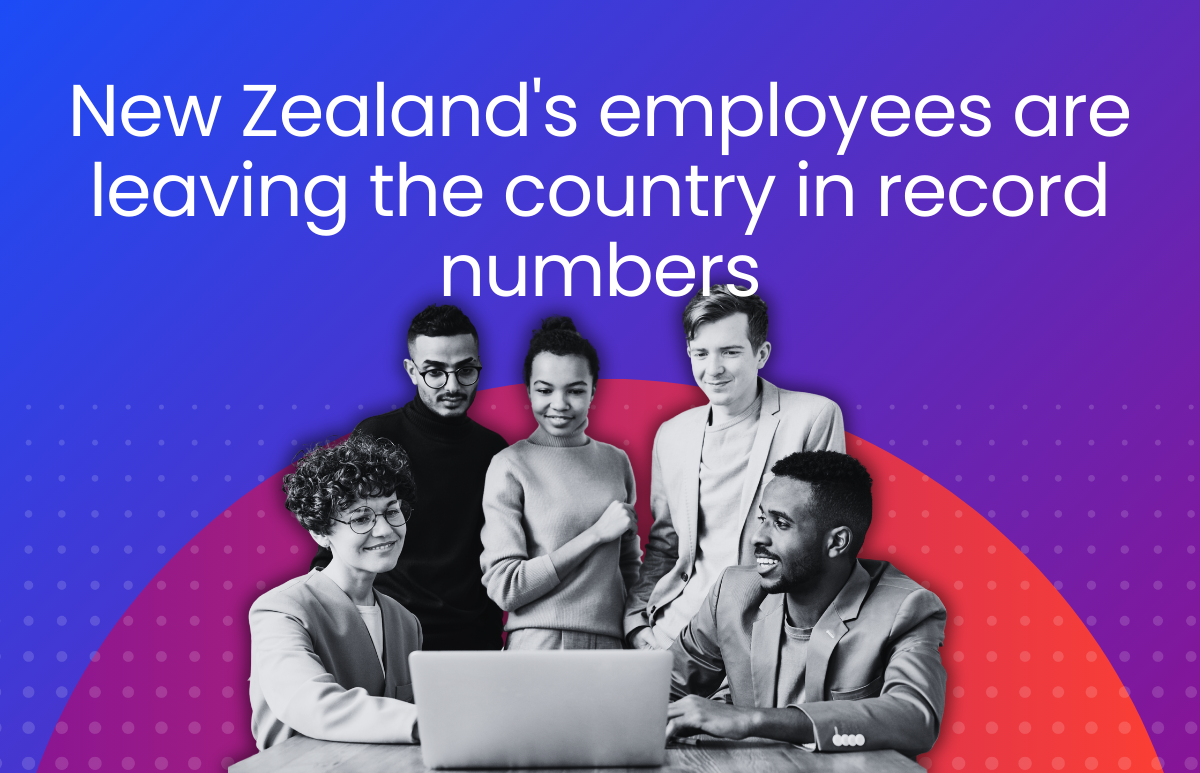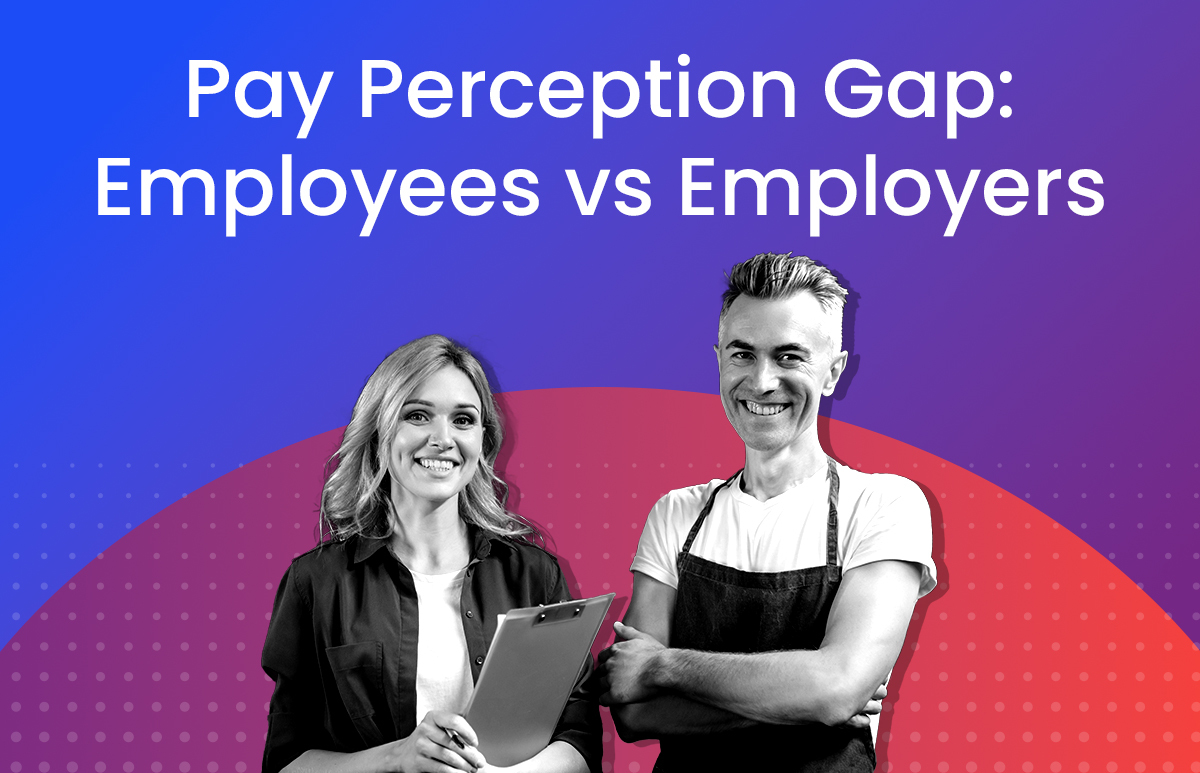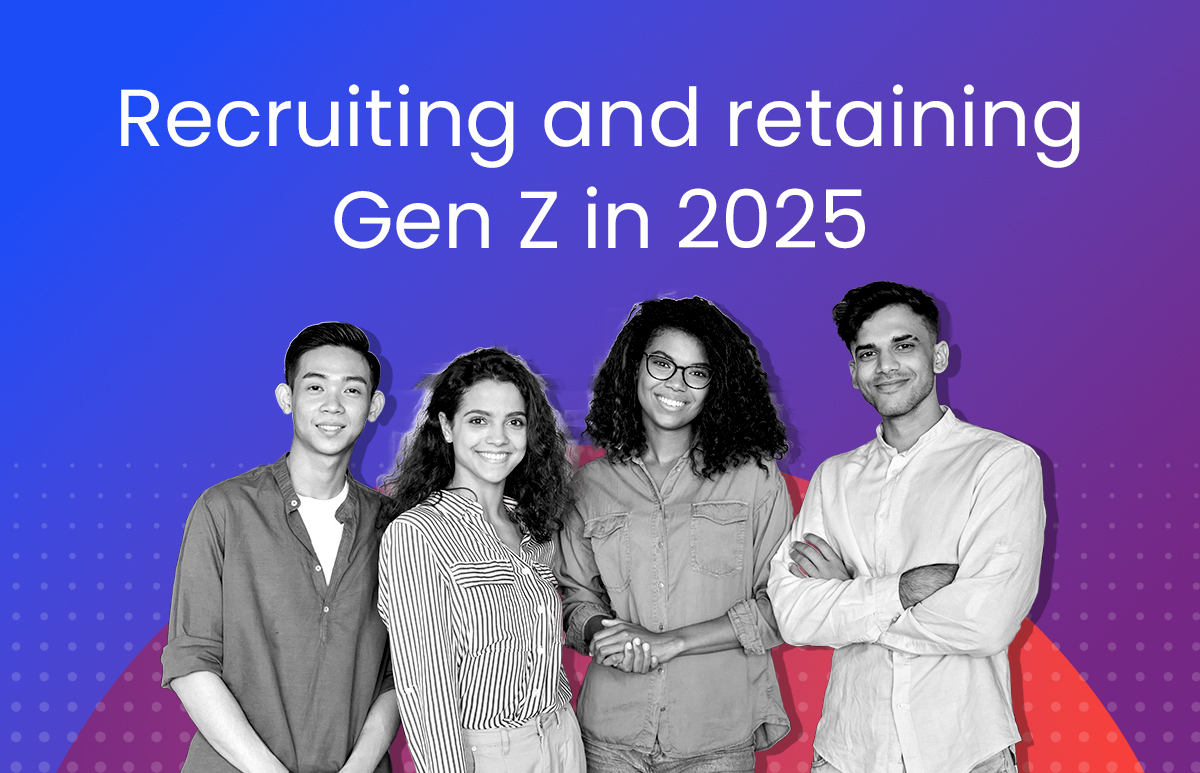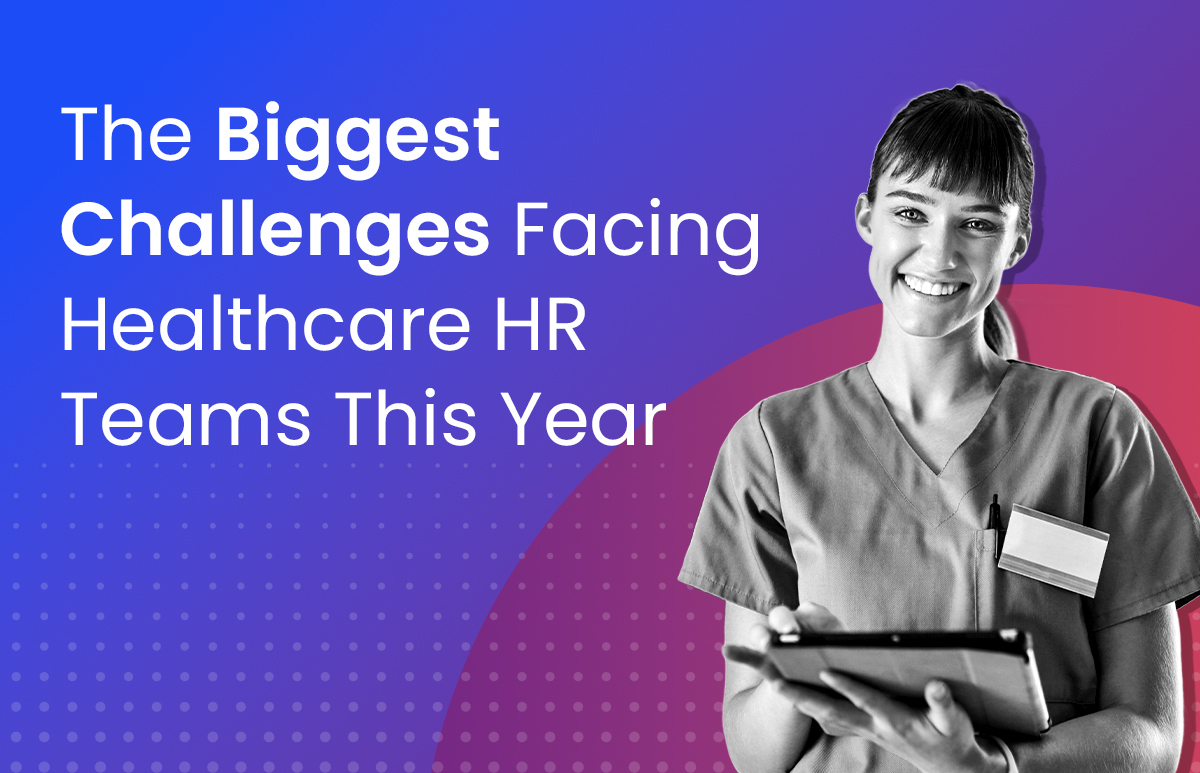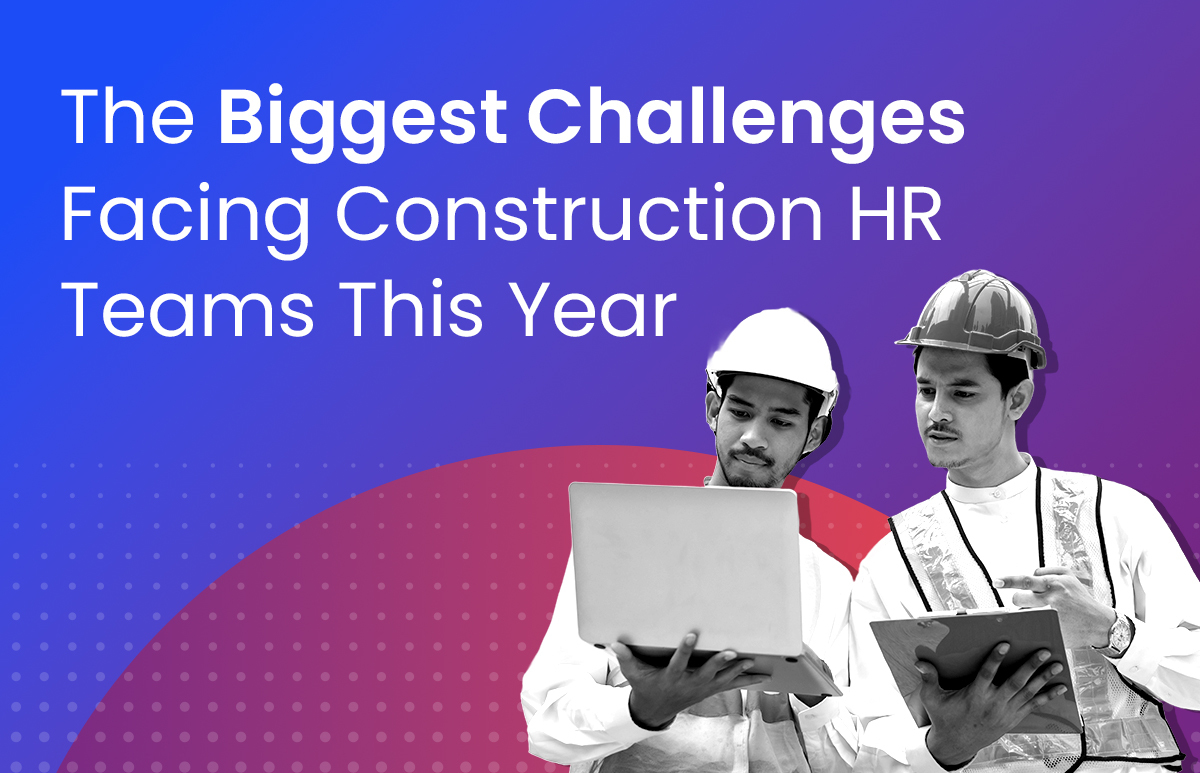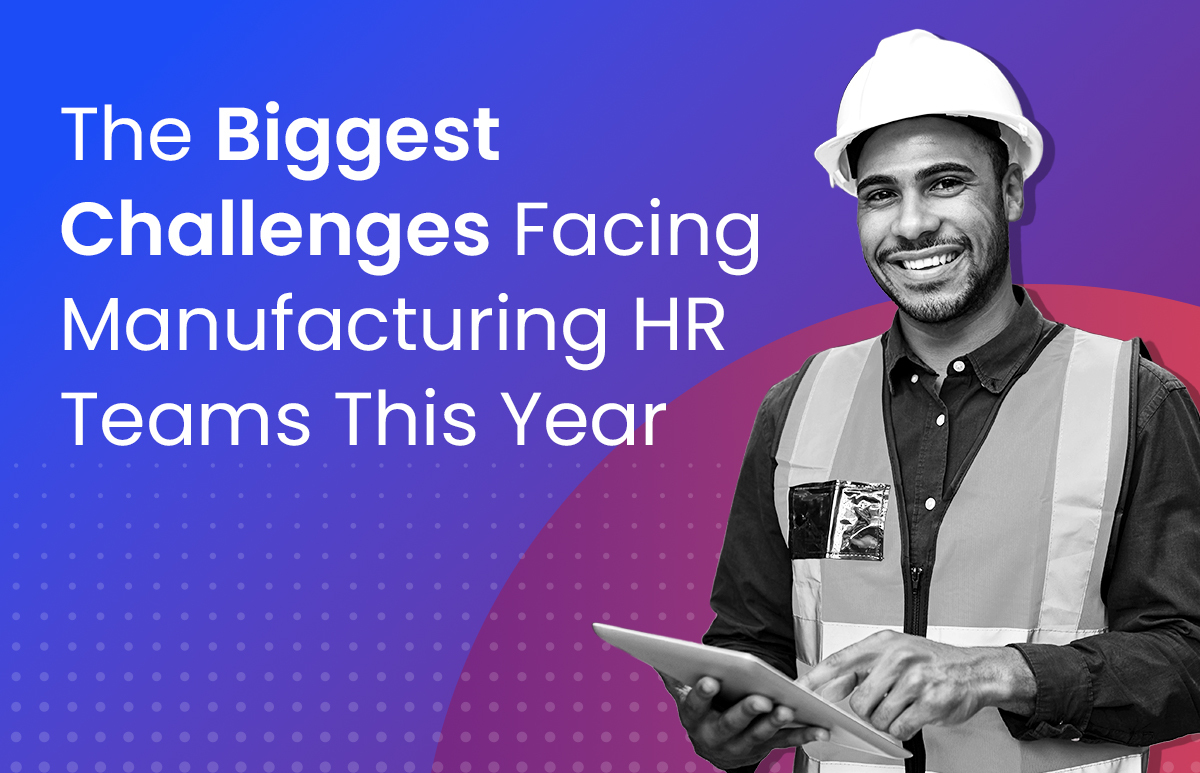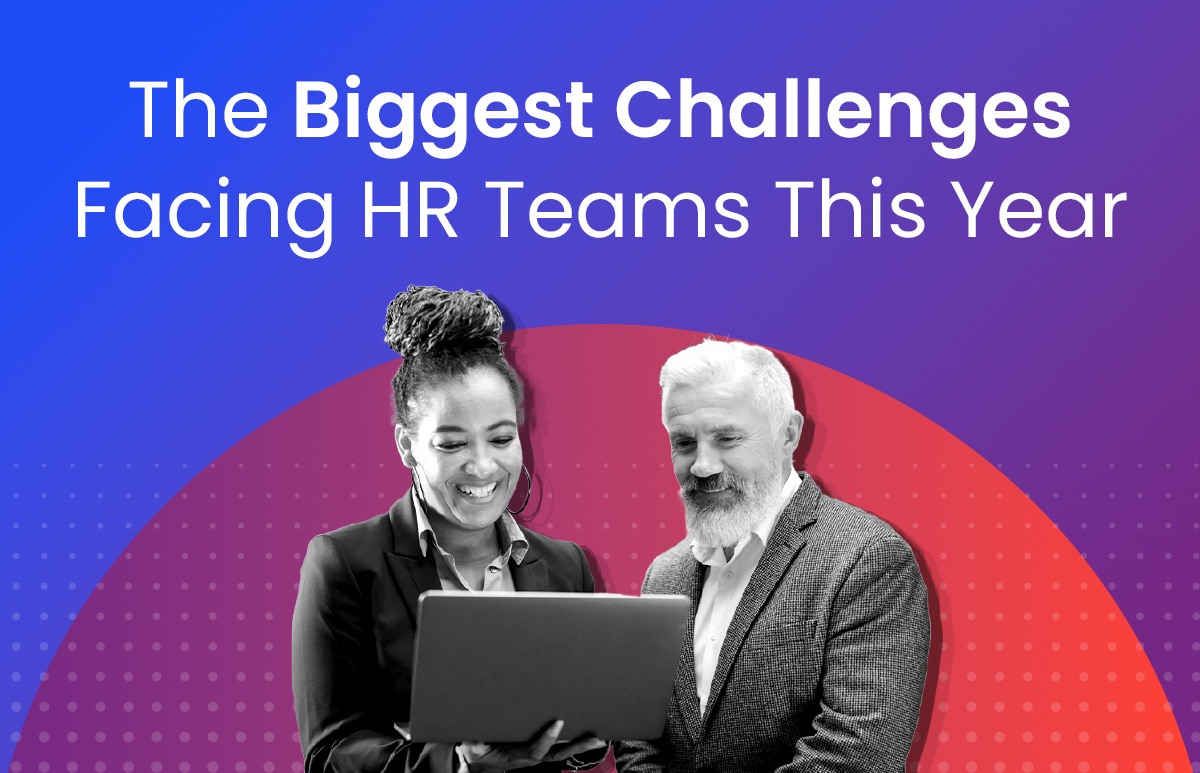Essential HR Metrics to Track During COVID

Has there ever been a more critical to time to embrace HR metrics? Throughout the chaos of the last three months, even the most strategic-minded HR professionals have been forced to operate in reactive mode. However, metrics continue to play a key role – especially if the standard repertoire of metrics is expanded to include measures relevant to the COVID-19 pandemic.
For example, there are data sets that will provide some level of visibility on how COVID-19 is impacting the organisation on a daily basis. Absenteeism is the obvious one, but it is retrospective rather than predictive. Another option is distributing a daily or weekly ‘pulse’ survey simply asking ‘how are you feeling today?’ This will provide business leaders with a more dynamic picture of how team engagement and health and wellbeing might impact productivity in the days and weeks ahead.
When HR leaders were surveyed in March about their use of metrics during this current crisis, it was apparent that the basics need to be done well.[1]
This foundational data will continue to add value down the track as new challenges emerge and as businesses transition from lockdown back into offices. Here are the most common types of HR data being requested by business leaders:
The same survey found that having the right tools is a common challenge for HR and people analytics teams. Nearly half (45%) of respondents reported that they lack tools to add the most value to decision-making through this crisis.
More advanced users of HR metrics will be looking at the strategic implications for talent. For example, in organisations where across-the-board staff salary cutbacks have been recommended by the finance team, HR can utilise metrics to examine different segments of the workforce, model the potential impact and come up with potentially more effective solutions. Certain segments might warrant a higher cut while other, more vulnerable segments may be issued smaller pay cuts. The smart use of HR data can point the way forward to not only more sustainable business operations but also a return to prosperity, saving money but preserving the ability to ramp up quickly when needed.
Here are 5 HR data points worth considering as the effects of COVID-19 continue to impact business operations.
1. Roles and capabilities: Organisational design data is critical for both employee safety and business continuity, mainly because it keeps track of where employees are and helps leaders to better understand the various roles within their organisation. As the transition to return to work continues, this will become even more critical, as decisions need to be made about which roles can be performed at home versus roles that require onsite access. For organisations with regional or global operations, geographic data on employees is also essential, if only to keep tabs on the status of the pandemic in different regions and how government measures to control it are faring. HR professionals are also finding creative ways to cover absences, thanks to data. By triangulating skills and training data from across the company, it is possible to find individuals that are working in one department that could potentially play a role in another.
2. Budget impact: The use of HR data and analytics in scenario planning can play an important role in budgeting decisions. Whether the workforce has had to ramp up in response to increased demand for products or services, or whether it has remained static or declined due to a decrease in demand, leaders need accurate information about how much money is involved in every option under consideration. Salary, benefits and cost data will play a key role in those decisions, but so too will information on talent and productivity. Any organisation needing to make headcount reductions requires data to make those reductions judiciously so that essential workers – not to mention the most productive workers – are retained. Being able to provide this data quickly and accurately can aid in decision-making.
3. Staffing levels: Business transformation requires insight into where the company stands at present, what it might look like during a transition and what the desired end state would accomplish. HR analytics is a key component of transformative decisions like downsizing the workforce or adding a significant number of new workers to handle increased demand. As product and service delivery undergoes enormous change – possibly permanently – across countless industries, talent managers should be asking if the same number of full-time employees is required. Could an increase in “gig economy” workers such as contractors or freelancers do the job without the need to increase permanent staffing overheads?
4. Employee well-being: Tracking employee well-being and using data to anticipate absenteeism spikes should be a foundation of any HR analytics function. In addition, the HR information system (HRIS) should be the repository for personal information about employees, including emergency contact details and health-related information (with the standard disclaimers about employee privacy). Communication from HR about available support may be useful for employees who are dealing with illness or grief issues in the wake of the pandemic, and the information gleaned from staff surveys and one-on-one manager interactions can be utilised for compassionate, personalised outreach.
5. Retention: It may seem odd to be prioritising staff retention when cutbacks and role reconfigurations are common survival tactics but knowing the employees at highest risk of involuntary turnover can be valuable when making future plans. The right data can help you to determine which employees are most at risk of leaving, and when this might occur. For example, if previous employee exit surveys have shown that a lack of professional development is a key reason for high performers to leave the organisation, this may mean a reduction in professional development right now will pre-empt a rise in employee turnover once some semblance of normality returns. Can you really afford for your most talented team members to walk out the door during such a critical phase? Or perhaps staff have not been taking annual leave since COVID-19 hit. If annual leave days are down, it could indicate employees are teetering closer to burnout. A jump in employee turnover could be on the way.
The way forward?
Prior to COVID-19, the use of HR metrics and analytics was still at foundational level in Australia and New Zealand. According to ELMO’s 2019 HR Industry Benchmark Survey, 41% of surveyed HR leaders classified their usage of HR metrics as “basic” – that is, some basic HR metrics are in place, but these do not factor heavily into business decisions. Time will tell if COVID-19 forces the hand of HR professionals to ramp up data usage. The previously cited survey from March 2020[2] showed a similar base level of HR metrics (see “reporting” bar in graph below), but also pointed the way forward, towards the role of prescriptive and predictive analytics in workforce decision-making.
ELMO Cloud HR & Payroll can help business leaders manage their workforce, even while operating remotely. As a cloud-based solution, ELMO helps employers manage their teams from anywhere at any time from a secure, centralised database. All employee-employer touchpoints are covered by ELMO’s suite, from ‘hire to retire’. This includes recruitment, onboarding, performance management, payroll, rostering / time & attendance, learning & development, and more. All ELMO solutions offer reporting functionality, enabling HR professionals to identify trends and make more informed decisions. For further information, contact us.
[1] HR Analytics Thinktank Research: “How is HR Analytics Helping Decision Making During the COVID-19 Crisis?” March 2020
[2] HR Analytics Thinktank Research: “How is HR Analytics Helping Decision Making During the COVID-19 Crisis?” March 2020
 HR Core
HR Core 

